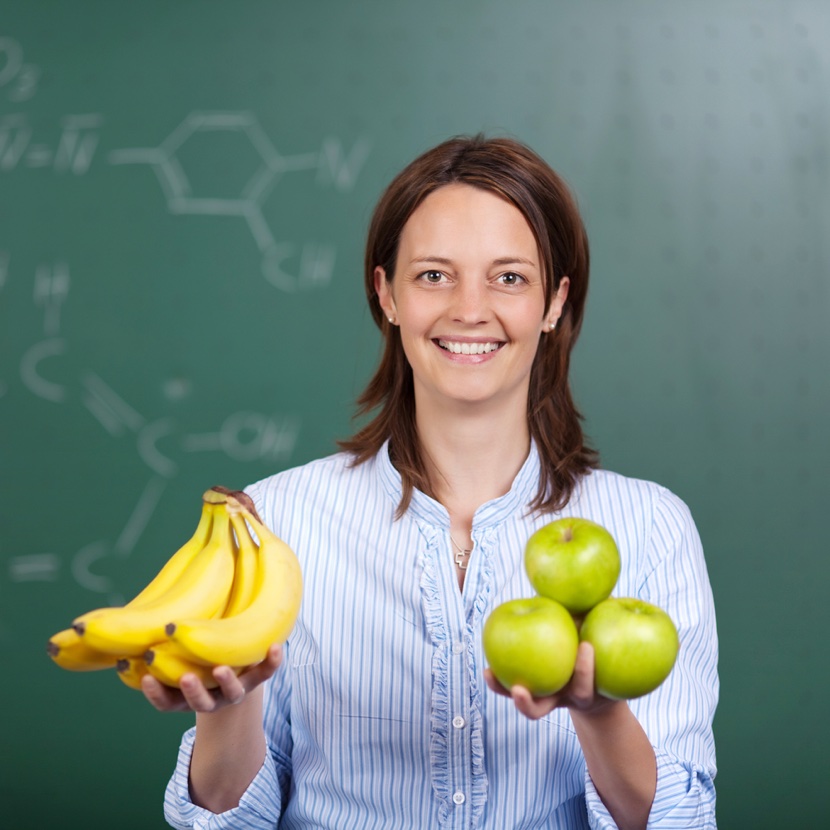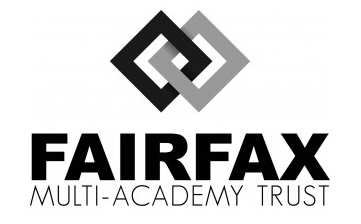
To begin with the ridiculously obvious: a happy child is a happy learner. Obvious because instinctively, without recourse to research, we know - as parents, as teachers - that a happy child is indeed a happy learner. Ridiculous because I, for one, have no idea as to what, if any, the real connection is between happiness and learning.
So, to begin: What is happiness? You’ll be forgiven for imagining our present obsession with happiness a very modern concept, but if our ancestors never went as far as to investigate the possibility of a mathematical model of happiness, or of creating a comparative index of happiness, they were certainly interested in pinning it down, extolling it as ideal or serving it up as final eternal reward. Few, however, be they poet, philosopher or priest, managed so succinctly as Aristotle, who posited happiness as the coming together of the notion of pleasure (hedonia) and the particularly human idea of a so-called life well-lived (eudemonia).
If Aristotle knew nothing, as far as I know, of the brain’s hedonic makeup, of the mesocorticolimbic circuit or the nucleus accumbens, of how today we speak of learning being associative or instrumental, then no matter. He was, as we all are, perfectly aware of how fundamental pleasure is to life, both literally and as a means of contributing to what it is to be human. Accordingly, pleasure today can be broken down into three driving principles or sub-pleasure engines: liking, wanting and learning, each of which are experienced unconsciously and consciously, and all, when working as they should, designed to make for a sentient being that utilises pleasure as a means of learning not only what is good and bad for it, but also to interpret, predict, create and so to adapt its behaviour appropriately.
Here’s what I mean. Bananas, to keep it simple: I am hedonically programmed to like food, and I’m aware that I really like the food banana. I want to eat a banana, so much so that I am motivated to hunt it down, which I proceed to do by both consciously and unconsciously calling on experience, my memory, on everything that I see, touch, smell and taste. In search of, and then finally, realising the pleasure of eating banana, I have reacted to certain stimuli, pressed the buttons on a series of conditioned and unconditioned responses and set in motion, and from various hedonic hotspots, the sudden and / or gradual release of a cocktail of neuro-chemicals, including dopamine, serotonin, opioids and cannibinoids. This is pleasure and reward, working in perfect harmony.
It’s a complex process - and this just for a banana. The key takeaway here, however, is the fact that the experience of pleasure is an evolved necessity; an ‘affect’, say neuroscientists Kent Berridge and Morten Kringelbach, that ‘distinguishes emotion from other psychological processes.’ Integrated, our pleasure-reward circuitry is absolutely crucial to our well-being. As is, incidentally, our displeasure-reward circuitry – we need to not want, to dislike, to learn not to. We need to feel disgust as much as we need to desire. All part of the same system, all part of the pursuit for pleasure: it’s practical, it’s important. More, it’s how we position ourselves to learn – at least partly. Evolutionarily speaking, ‘selected pleasure reactions shape behaviour toward adaptive goals.’
Meaning, as well as being necessary to survival, the task of anticipating, deciding on and experiencing pleasure produces in all of us the conditions for a whole series of types learning - non-associative as well as associative. Pleasure arouses, makes us alert, creates in us a capacity for curiosity. Overdo it, do it at the wrong time, in the wrong context, and over-repetition, rival-stimuli or overstimulation will result in pleasure’s opposite, in at best, passivity, boredom, indifference; at worst, ‘pschopathologies,’ say Berridge and Kringelbach, ‘ranging from depression to addiction.’ Wanting, liking, thinking on a banana is good for me. Living on a banana plantation is not.
So, to end: Pleasure is not, as Aristotle’s model shows, the be end and end all of happiness. Far from it. However, knowing how integral it is to learning gives pause for much thought. It begins to explain why or how some learning environments turn children on to knowledge and the use of it, while others cause them to switch off. It begins to explain how classrooms that find a balance between routine and difference, between the expected and surprise, between a sense of knowing exactly where you are and being given the opportunity to explore the unknown, make for secure and curious learners. In short, it begins to explain how very good a good teacher is – pleasure is a double edged sword, and needs careful management.
Part 2: An Apology for Confusion








